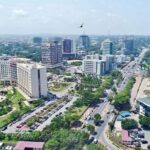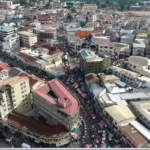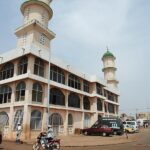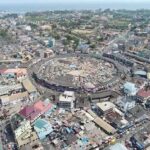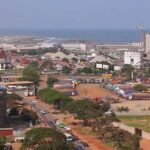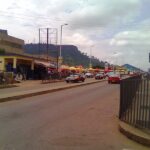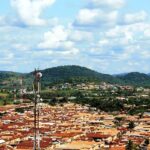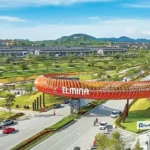Cape Coast
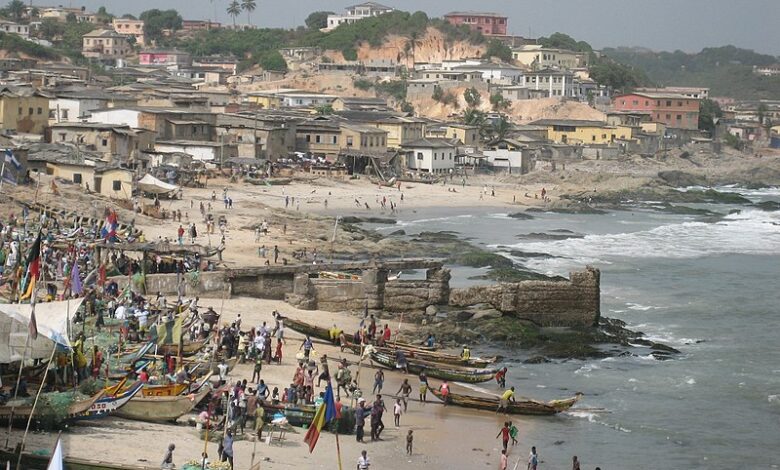
Cape Coast, situated at the heart of Ghana’s coastline, extends from a low promontory into the Gulf of Guinea within the Atlantic Ocean, approximately 75 miles (120 km) southwest of the Ghanaian capital, Accra.
During the 15th century, the Portuguese established a post at this location, and later in the 16th century, the British arrived. The town, among the oldest in the country, developed around Cape Coast Castle, initially constructed by the Swedish in 1655 and later seized by the British in 1663. Functioning as a significant hub for Asante traders, Cape Coast evolved into a roadstead port and served as the commercial and administrative capital of the Gold Coast until 1877, when Accra assumed that role. Cape Coast’s decline commenced in the early 1900s with the construction of railways from Sekondi and Accra to Kumasi.
Although the Cape Coast harbour ceased operations with the establishment of Tema port in 1962, the city maintained its significance as an educational centre, housing several secondary schools and the University of Cape Coast, founded in 1962.
Economic activities in Cape Coast include fishing, trade, and government administration within the Castle. An industrial area was finalized in 1976, contributing to the production of bricks, tiles, tobacco products, cotton textiles, soap, sugar, cocoa products, beverages, salt, and chemicals. Notable structures in the town include Christ Church (1865, the first Anglican church in the country), Wesley Chapel (1838), and the Cathedral of St. Francis, serving as the seat of the Roman Catholic archbishop of Ghana. Additionally, a polytechnic school commenced in 1974, and the Cape Coast Urban Health Centre was completed in 1976. The name “Cape Coast” is a corruption of the Portuguese “Cabo Corso” (Corsican Cape), while the local inhabitants refer to the town as Gua or Oegua. The population was 82,291 in 2000 and 169,894 in 2010.
Map view
More details about Cape coast
| ID |
|---|
| 52168 |
| Name |
| Cape Coast |
| State ID |
| 52 |
| State Code |
| CP |
| State Name |
| Central |
| Country ID |
| 83 |
| Country Code |
| GH |
| Country Name |
| Ghana |
| Latitude |
| 5.10535000 |
| Longitude |
| -1.24660000 |
| WikiData ID |
| Q221283 |
